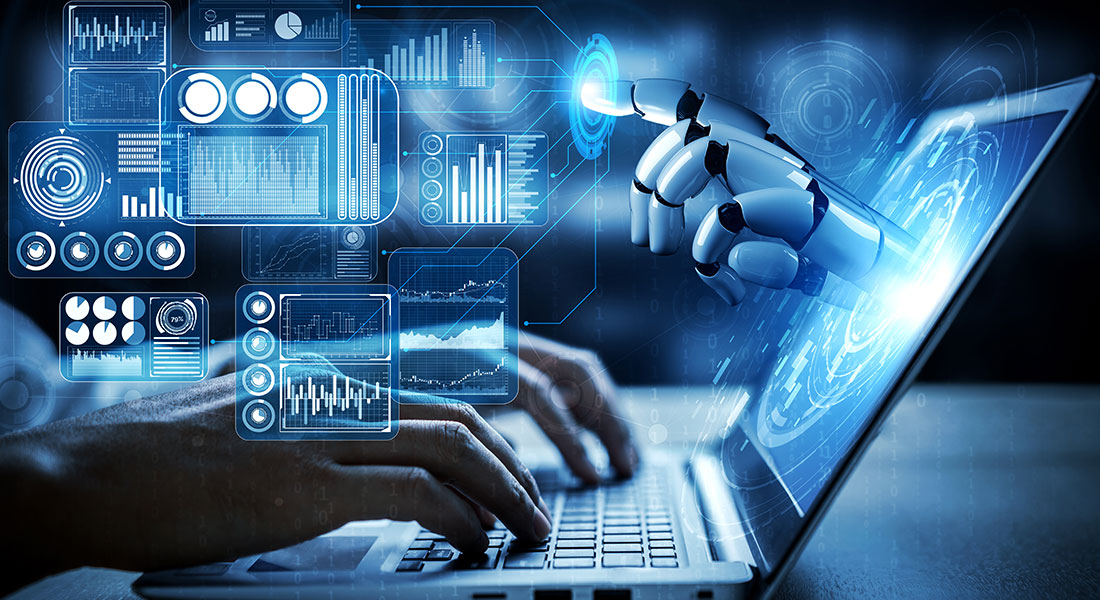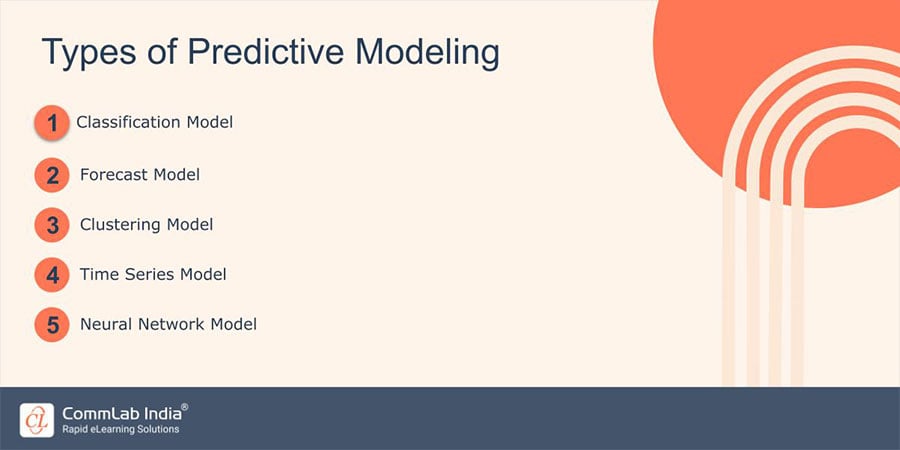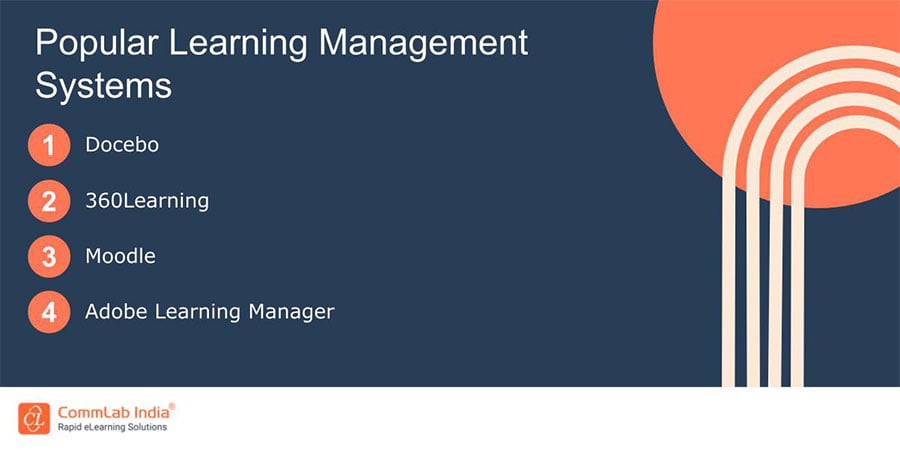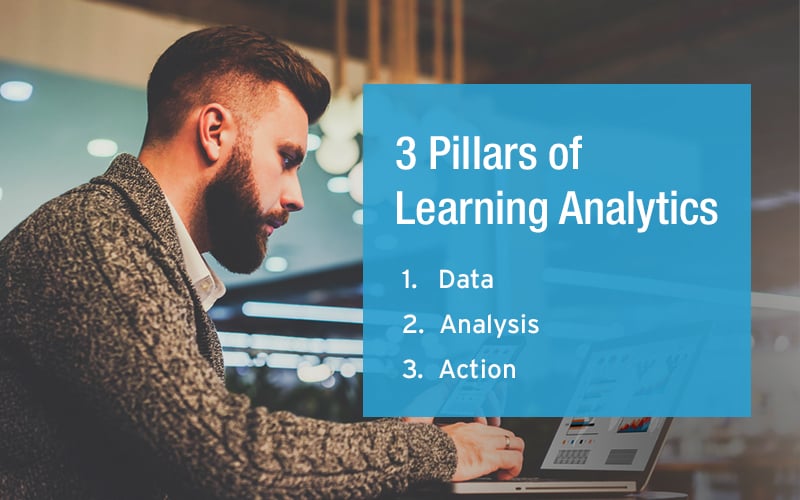Learning Analytics 102: A Deep Dive into Data-Driven Learning

In recent years, there has been a growing interest in the field of learning analytics, which is the use of data analysis to improve the learning process, identify areas for improvement, and provide personalized learning experiences. While many are familiar with the basics of learning analytics, there is a whole other level of knowledge to be gained in a Learning Analytics 102 narrative. In this post, we’ll explore what Learning Analytics 102 entails and why it’s important.
You Might Have Heard of Learning Analytics 101, But What About 102?
Here are the key aspects of Learning Analytics 102 –
- Advanced data visualization techniques
- Machine learning and predictive modeling
- Ethical considerations
- Advanced tools and platforms
- Natural language processing and text mining
What is Learning Analytics?
Before we dive into the specifics of Learning Analytics 102, let’s briefly review what learning analytics is. At its core, learning analytics involves collecting and analyzing data on student performance, engagement, and behavior to gain insights and inform decision-making. This data can come from a variety of sources, including learning management systems, learning experience platforms, social media, and online forums.
The goal of learning analytics is to provide instructors and other stakeholders with actionable insights into how employees are learning, where they may be struggling, and what interventions could be helpful. By leveraging data and analytics, organizations can come up with more effective instructional strategies, tailor learning experiences to individual learners, and ultimately improve training outcomes.
→ Download eBook Now: Learning Analytics 101
What is Learning Analytics 102?
Learning Analytics 102 is an advanced-level aspect of training that builds upon the basics of learning analytics. Here, companies can expect to delve deeper into the theory and practice of learning analytics, explore more advanced data analysis techniques, and learn how to apply these insights. There are various key point indicators to measure training effectiveness and the deeper you go into understanding and analyzing your data, the better you can enhance business outcomes.
Key Aspects of Learning Analytics 102
1. Advanced-Data Visualization Techniques
Data visualization is a critical component of learning analytics, as it allows instructors and other stakeholders to make sense of complex data sets and identify patterns and trends. Here, organizations might explore more advanced data visualization techniques beyond basic charts and graphs.
For example, businesses might explore interactive visualizations that allow users to drill down into specific data points, or explore data in a more immersive way using virtual or augmented reality. They might also learn how to use data visualization to communicate complex information to different stakeholders, such as trainers, SMEs, or administrators.
2. Machine Learning and Predictive Modeling
Machine learning and predictive modeling are powerful tools for analyzing large data sets and making predictions about future outcomes. Organizations can explore how to use machine learning algorithms to identify patterns in learner data, predict which trainees may be at risk of dropping out, or identify areas where instructional interventions could be helpful.
They might also learn about the limitations of predictive modeling, such as the potential for bias or the difficulty of predicting human behavior with complete accuracy. By understanding both the potential and limitations of predictive modeling, organizations can develop a more nuanced and ethical approach to using these tools in the learning context.
3. Ethical Considerations
As with any use of data, learning analytics raises important ethical considerations. It explores topics such as data privacy, informed consent, and the potential for algorithmic bias. For example, organizations might learn about the importance of obtaining informed consent from learners before collecting data, and how to ensure that data is stored and used in a secure and responsible manner. They might also explore how biases can be introduced into predictive models, and strategies for minimizing these biases.
4. Advanced Tools and Platforms
Finally, companies might explore the tools and platforms available for conducting learning analytics. Learners might explore popular learning management systems, and how to extract and analyze data from these systems. They might also learn about more specialized tools and platforms for learning analytics and by understanding the different tools and platforms available, organizations can select the ones that best meet their needs and develop the technical skills necessary to use them effectively.
5. Natural Language Processing (NLP) and Text Mining
Natural language processing (NLP) and text mining are techniques used to analyze unstructured data. Businesses can explore how NLP can be used to analyze sentiment and tone in learner feedback. They might also learn about the ethical considerations of using NLP and text mining, such as the need to protect learner privacy and the potential for misinterpretation of text data.
Wrapping Up!
In conclusion, learning analytics 102 is a deep dive into data-driven learning that builds upon the basics of learning analytics. By exploring more advanced topics such as data visualization, machine learning, and ethical considerations, organizations can develop a more nuanced and sophisticated understanding of learning analytics.
Ultimately, the goal of learning analytics is to use data to improve training outcomes and provide personalized learning experiences for company employees. By developing the skills necessary to conduct learning analytics effectively and responsibly, trainers can help ensure that all learners have the opportunity to succeed. If you wish to start from the basics and learn more about learning analytics, you can check out this free eBook. Grab your copy now!



![The Role of Learning Analytics in eLearning Assessments [Infographic]](https://blog.commlabindia.com/hubfs/Imported_Blog_Media/learning-analytics-elearning-assessments.jpg)

![The Roadmap for Implementing Learning Analytics [Infographic]](https://blog.commlabindia.com/hubfs/Imported_Blog_Media/learning-analytics-implementation-roadmap.jpg)